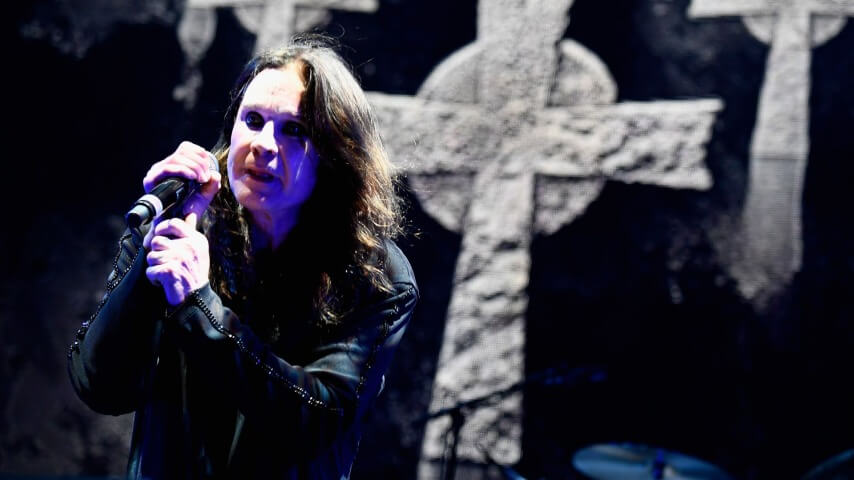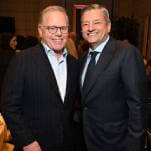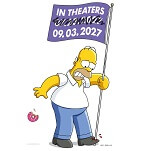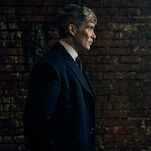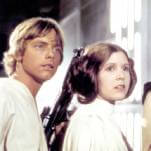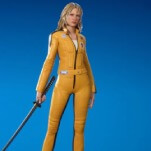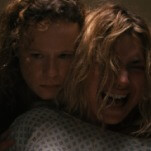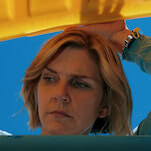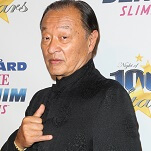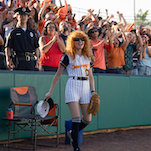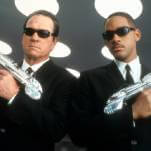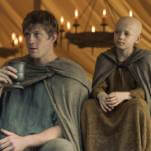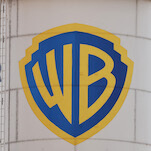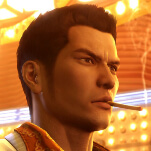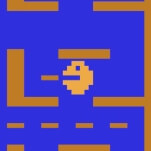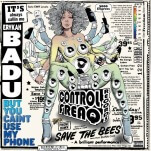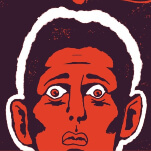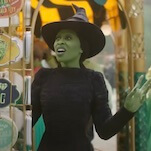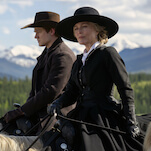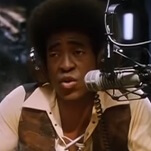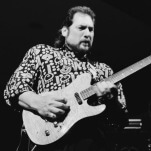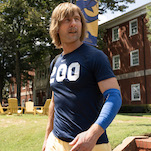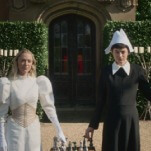Imagining rock ‘n’ roll without Ozzy Osbourne is impossible. He wasn’t one of the music’s originators—born in Birmingham, England, in 1948, he was too young for that—but as the lead singer of Black Sabbath, he created the sound, sensibility, and iconography that became known as heavy metal, a feat that earned him the nickname The Prince Of Darkness.
Ozzy’s reign as the king of heavy metal lasted well over half a century, ending only earlier this month when he played Back To The Beginning, a farewell extravaganza in his hometown, surrounded by disciples that illustrated his deep, lasting influence. Osbourne presided over a bill that gave equal representation to almost every strain of metal that Black Sabbath begat, its diversity illustrating how the band didn’t just make a scene: They forged a subculture.
Tellingly, apart from a reunited Black Sabbath, only two performers at Back To The Beginning were of Osbourne’s generation: Aerosmith’s Steven Tyler and Sammy Hagar, who once fronted Van Halen, the band that blew a haggard Sabbath off the stage in the late 1970s. From Metallica and Guns N’ Roses through Tool and Rage Against The Machine’s Tom Morello to Gojira and Rival Sons, everybody on the bill came of age during an era where Ozzy was a star in his own right, a madman known for his excesses as much as his music.
Time has softened the memories of Osbourne’s ’80s debauchery, a process assisted by the singer starring alongside his family in The Osbournes, the pioneering reality TV program that reconfigured Ozzy as a beleaguered sitcom dad. The show highlighted Ozzy’s frailty and foibles, along with a sense of humor that split the difference between accidental and purposeful. The genius of The Osbournes is how it tapped into a central truth about Ozzy Osbourne: Beneath the tattoos and pentagrams lay something human, even lovable.
The notion that Ozzy Osbourne could be lovable was utterly alien when The Osbournes premiered in 2002, which is a testament to the power of his music. Like all great rock stars, Osbourne’s art was inextricable from his persona. When Black Sabbath arose from the primordial heavy rock underground in the early 1970s, Ozzy sang with a piercing wail that suggested he was haunted by something intangible and unknown. He harnessed that gothic horror as a solo artist, lending a steely edge to his metallic rock that seemed alternately menacing and comical.
Once he separated from Sabbath, the dangerous side subsumed Osbourne to the point that it was difficult to discern truth from fiction. During the 1980s, urban legends of Ozzy biting the heads off bats and doves rivalled the popularity of “Crazy Train” and “Mr. Crowley,” songs whose very titles teased an immersion in insanity and the occult. The idea of Ozzy Osbourne became greater than the music itself: Throughout the 1980s, he was the flashpoint for rock decadence, as much a guiding light as a cautionary tale.
It also helped that Osbourne had a knack for picking guitarists, discovering legions of shredders that gave shape to metal in the 1980s. Chief among these was Randy Rhoads, the classically trained guitarist who died in 1982, just after he helped Osbourne make Blizzard Of Ozz and Diary Of A Madman, the albums that established Ozzy as a force outside of Black Sabbath. Those two records were so strong, they sustained Osbourne through a decade plagued by indulgence that slowly crept into the confines of the studio. They, alongside the first four albums by Black Sabbath, are at the core of Ozzy Osbourne’s musical legacy, the albums that shaped the sound of heavy metal.
Subsequent generations of rockers discovered new worlds lying within Ozzy’s music, taking metal in places Osbourne never cared to explore. The definition of a rock ‘n’ roll lifer—he died less than three weeks after playing his final concert—he chose perseverance over innovation, sticking to the blend of high-octane rockers and power ballads he sketched out at the beginning of his solo career. Some hits came his way: In 1991, he even broke into the Billboard Top 40 with “Mama, I’m Coming Home,” a reflective number whose vocal harmonies tipped a hat to his beloved Beatles. Most of the time, he played to the devoted, an audience thrilled at the simple fact that he survived the madness.
“Mama, I’m Coming Home” was part of Osbourne’s solo set list at Back To The Beginning, the only song he played that dated past 1981. Thematically, it fits: Even in 1991, when Osbourne was just barely into his forties, it played like a summation. In the context of Back To The Beginning, its inclusion couldn’t help but seem like a deliberate goodbye, especially with Osbourne confined to a throne due to health issues; the end seemed imminent, if maybe not quite as close as it turned out to be.
Back To The Beginning didn’t end there, though. Osbourne stormed through “Crazy Train” before joining the rest of the original lineup of Black Sabbath for four songs, opening with the pummeling “War Pigs” before closing strong with “Iron Man” and “Paranoid,” a pair of songs that seem impervious to death. All of Black Sabbath, all on the far side of 70, summoned their dark spirit, not so much sounding young as defiant. This was especially true of Ozzy, who still commanded attention even as he sat on his throne. The visual of the throne was a suitable final spectacle, playing into the horror movie element of Black Sabbath, emphasizing how Ozzy could treat his role as a rock singer as a bit of a carnival barker. Perhaps it didn’t carry an element of danger, but it was savvy showmanship that stayed true to the Osbourne that became a beloved cultural figure. There was no more metal way to say farewell.
